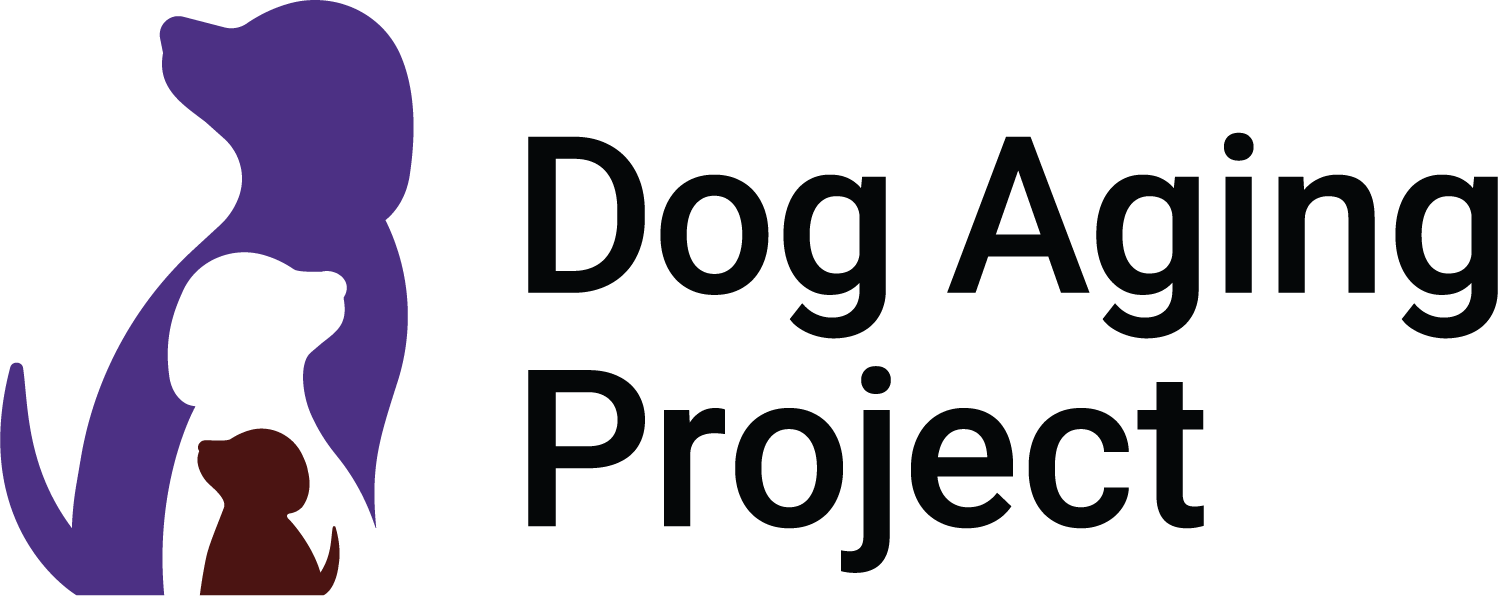Last updated February 2022
TAMU IACUC 2021-0317 CAM
Kate E. Creevy, Audrey Ruple, Daniel E.L. Promislow, and Matt Kaeberlein
Rapamycin, a medication that affects both the immune system and metabolism, has been shown to increase the lifespan of mice. The primary purpose of this project is to determine whether rapamycin increases the lifespan of companion dogs. A secondary purpose is to determine whether rapamycin improves various measures of health in aging dogs. Some animals will receive a placebo (an inactive pill). For these animals, information collected will be evaluated to improve our understanding of the normal aging process of companion dogs.
TAMU IACUC 2021-0316 CAM
Kate E. Creevy, Daniel E.L. Promislow, and Audrey Ruple
The goal of the Dog Aging Project Longitudinal Study is to identify the genetic and environmental factors that influence healthy aging in dogs, and to understand how these factors shape aging. Specifically, we intend to better define normal healthy aging in dogs and to better explain aging in dogs by discovering the genetic, environmental, and molecular traits that influence healthy outcomes.
UW AUP 4359-02
Matt Kaeberlein and Daniel E.L. Promislow
The primary goal of this project is to determine if measures of rare somatic mutations are associated with the risk of canine lymphoma in healthy dogs. In this study, we will use a method called Duplex Sequencing to measure novel mutations in canine peripheral blood mononuclear cells (PBMCs). We will compare the frequency of these mutations in breeds that are at high risk and low risk of lymphoma. We will also study how mutation frequency changes with age. We may use any or all of the following approaches to analyze blood: flow cytometry, DNA-sequencing, and/or RNA-sequencing. Findings may also be used in conjunction with complimentary genetic studies. Findings will contribute to the study of aging, cancer, and/or veterinary medicine.
